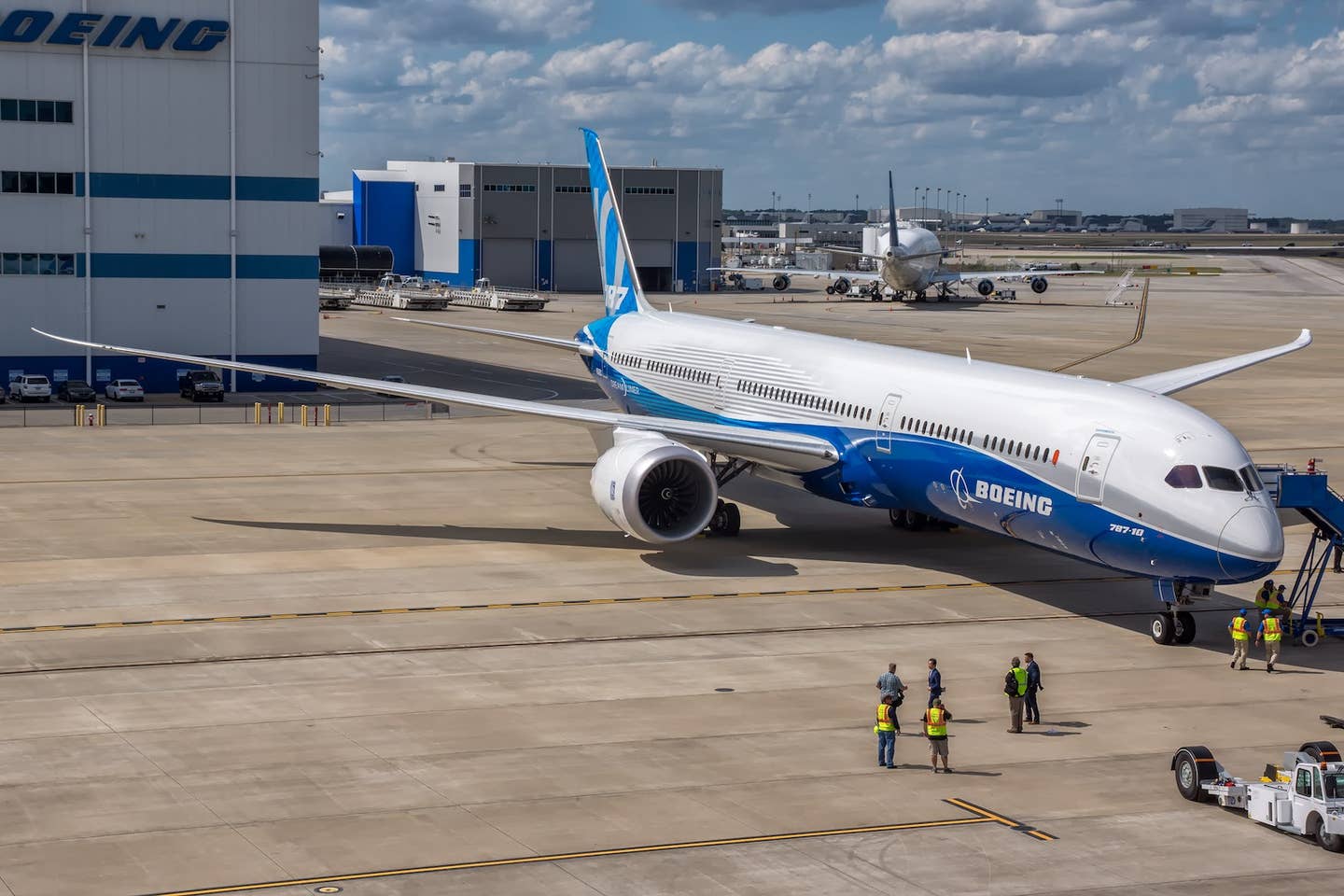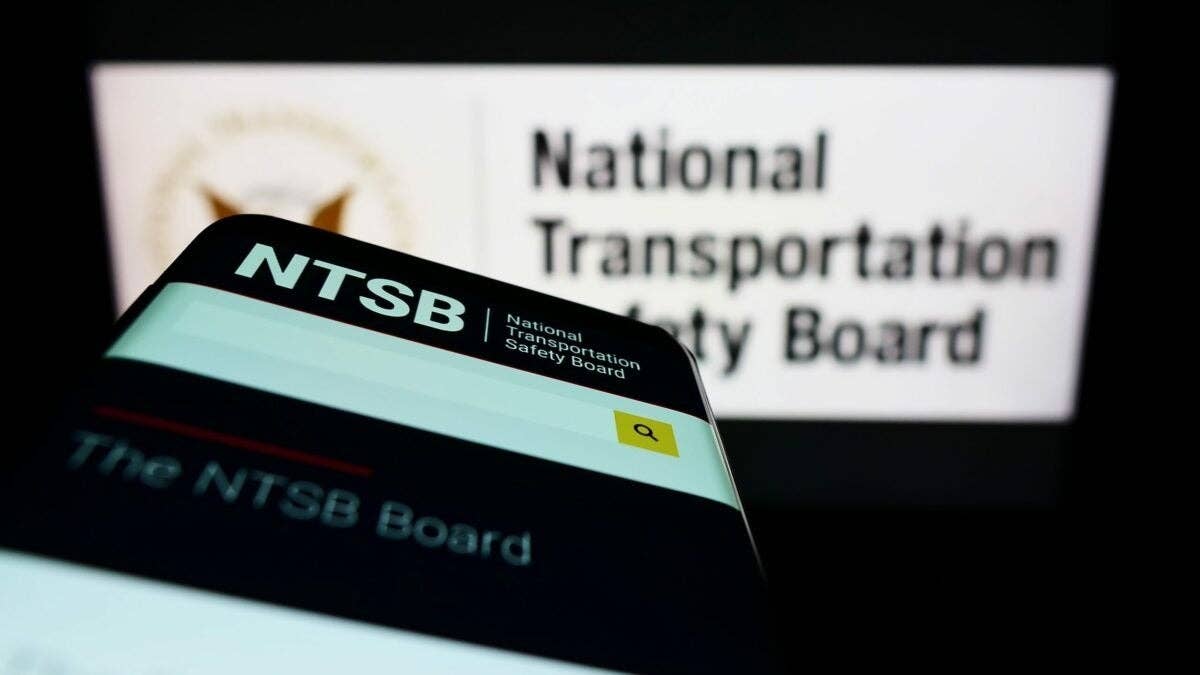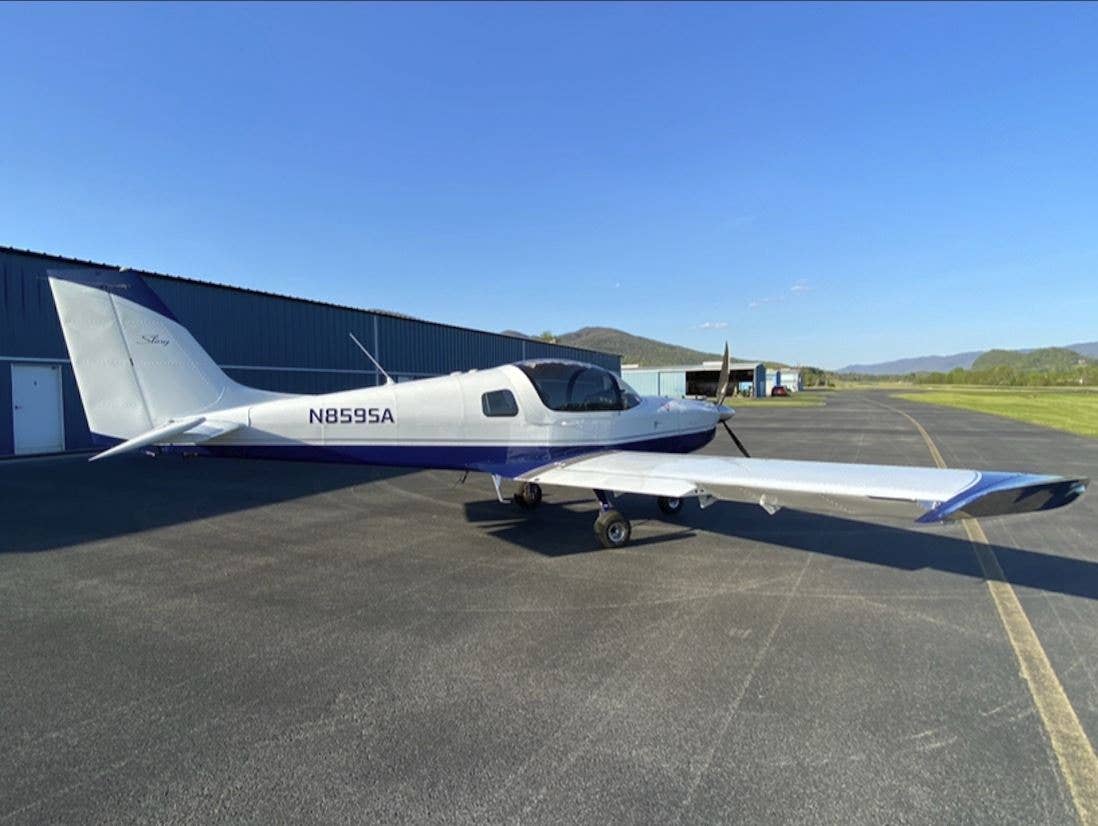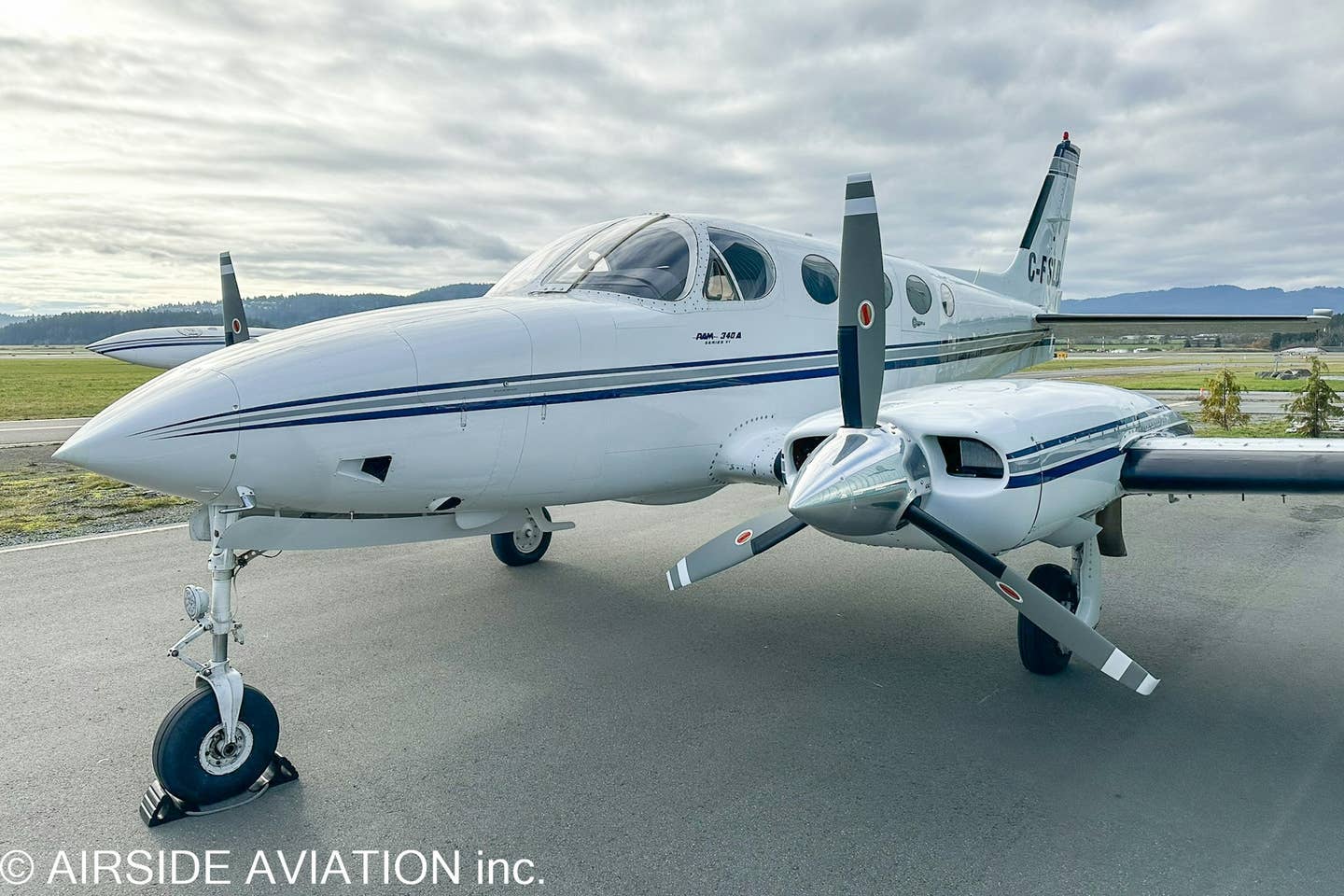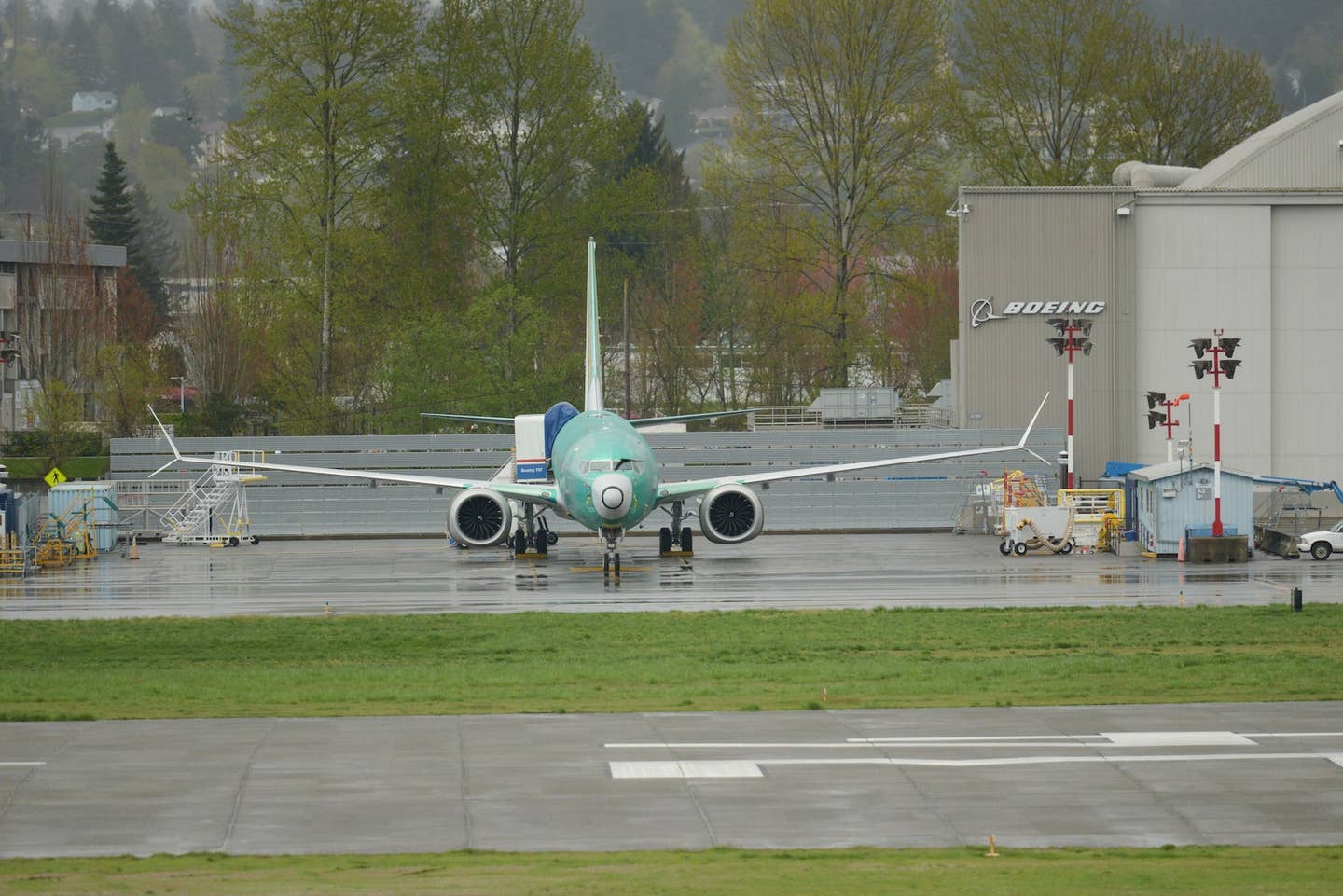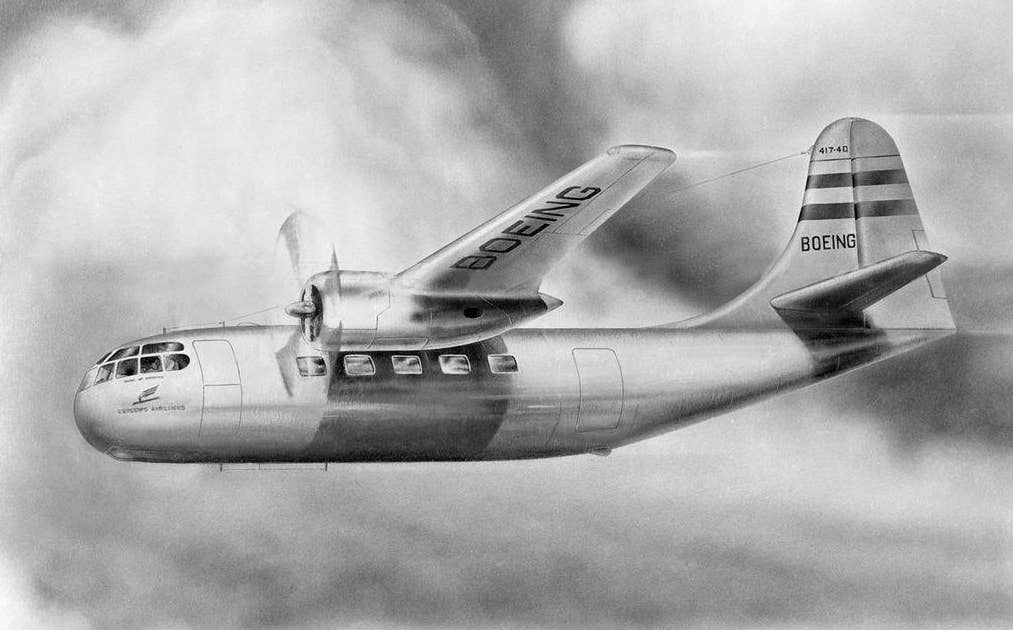Maintaining Your Ideal Aircraft: What Can a Pilot Do?
FAA regulations specify which maintenance tasks certificated pilots can perform on their own airplanes.

Changing your airplane’s engine oil is among many maintenance tasks that pilots can perform. [Credit: Jonathan Welsh]
Recently I was quietly celebrating my rapid accumulation of flight hours so far this year. Annie, our Commander 114B, and I have done a lot of traveling. I might even score my first 100-hour year, I thought. I realized it was also time for an oil change.
The maintenance manual says every 50 hours, but most of my pilot friends say that interval is too long. As a result, conversation in the hangar community revolves around how often you change yours and what that number says about you as a pilot—or so it seems.
A careful check of the logbook showed I was just short of 40 hours since the last oil change during the pre-buy and annual inspection late last year. That was more than I expected. I’ll try to hold it to 35 next time.
The oil change itself was a bit daunting. While I have completed the procedure dozens of times with cars and motorcycles, it feels more significant with the airplane. Indeed, there is more at stake. No one is checking the logs on my ancient Suzuki, and if it starts leaking because I failed to tighten the oil filter properly, I can coast to the curb and take corrective action. You get the picture. During the next long flight with my wife, I spent too much time watching and listening for hints of trouble and sniffing for the scent of oil dripping on a hot exhaust pipe.
All was well, though. We had a lovely trip. I had followed the instructions and triple-checked my work. I also knew the FAA trusted me to do the job, or at least implied this through 14 CFR Part 43 Appendix A Subpart C. This is the part of the regulations that covers preventive maintenance tasks that certificated private pilots can perform on their own aircraft. Like the annual NOTAMs for EAA AirVenture, it is a must-read that packs more information than you might expect.
Sure, you can change light bulbs and batteries, but you also can adjust air and oil pressure or replace elastic shock absorber cords on landing gear, change tires, service wheel bearings, and patch fabric covering as long as there is no rib stitching or removal of structural parts involved. Balloon pilots can make certain patch repairs to their envelopes and refinish baskets.
Small projects like these bring pilots closer to their aircraft, making them more familiar with their workings and less tentative about taking a wrench to them. With each new maintenance job, you are likely to become more confident and comfortable around your airplane. Those of us who consider ourselves handy should be careful about going too far, though. Stick to the FAA’s list and don’t forget to make logbook entries for everything you do. If you want to get into more serious work, ask your mechanic about owner-assisted annual inspections.
I like to think my mechanic will be pleased that I am willing and able to work on my own airplane, and that I have yet to call on him to fix something I have broken in the process. I’m also sure he will say my safety-wiring technique needs work.

Sign-up for newsletters & special offers!
Get the latest FLYING stories & special offers delivered directly to your inbox

